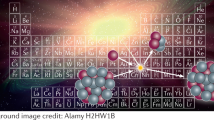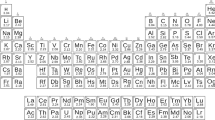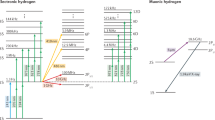Abstract
MAY I ask in what way “the hydrogen nucleus or unit of positive charge,” for which Sir Oliver Lodge (NATURE, December 9, p. 467) provides us with a choice of brand-new names, “proton, ambron, merron, uron, prime, centron, and hylon,” differs from our very old friend “hydrion,” the familiar hydrogen ion of the physical chemist? The point occurred to me when Sir Ernest Rutherford suggested the new name “proton” for it in Section A of the British Association this year. Its new hypothetical rôle as “the brick of which all atoms ale built up, electrons acting as cement,” although probably more acceptable to chemists than the curious inversion of this which afforded to a past generation of physicists such peculiar æsthetic and intellectual gratification, ought not to be allowed to obscure the fact that there is nothing hypothetical or protonic about the particle itself. In 1920 hydrogen ion, as the common constituent of that verv common class of substances called acids by the chemist, surely does not need a choice of seven brand-new names. In fact, one Faraday did some very important work indeed in the subject generations before the modern hydrophobic school, with its inveterate aversion to “anything wet,” had arisen.
This is a preview of subscription content, access via your institution
Access options
Subscribe to this journal
Receive 51 print issues and online access
$199.00 per year
only $3.90 per issue
Buy this article
- Purchase on Springer Link
- Instant access to full article PDF
Prices may be subject to local taxes which are calculated during checkout
Similar content being viewed by others
Rights and permissions
About this article
Cite this article
SODDY, F. Name for the Positive Nucleus. Nature 106, 502–503 (1920). https://doi.org/10.1038/106502b0
Issue Date:
DOI: https://doi.org/10.1038/106502b0
This article is cited by
-
A terminological history of early elementary particle physics
Archive for History of Exact Sciences (2023)
Comments
By submitting a comment you agree to abide by our Terms and Community Guidelines. If you find something abusive or that does not comply with our terms or guidelines please flag it as inappropriate.



